So you’ve got a creative streak, a passion for technology, and an eye for design. If you’ve been contemplating a career as a web designer in the USA, look no further! In this guide, we’ll give you a comprehensive overview of what it takes to become a web designer and thrive in this exciting field. From understanding the industry to honing your skills, we’ll cover everything you need to know to kickstart your journey towards becoming a successful web designer in the USA. So, let’s dive in and explore the endless possibilities that await you!
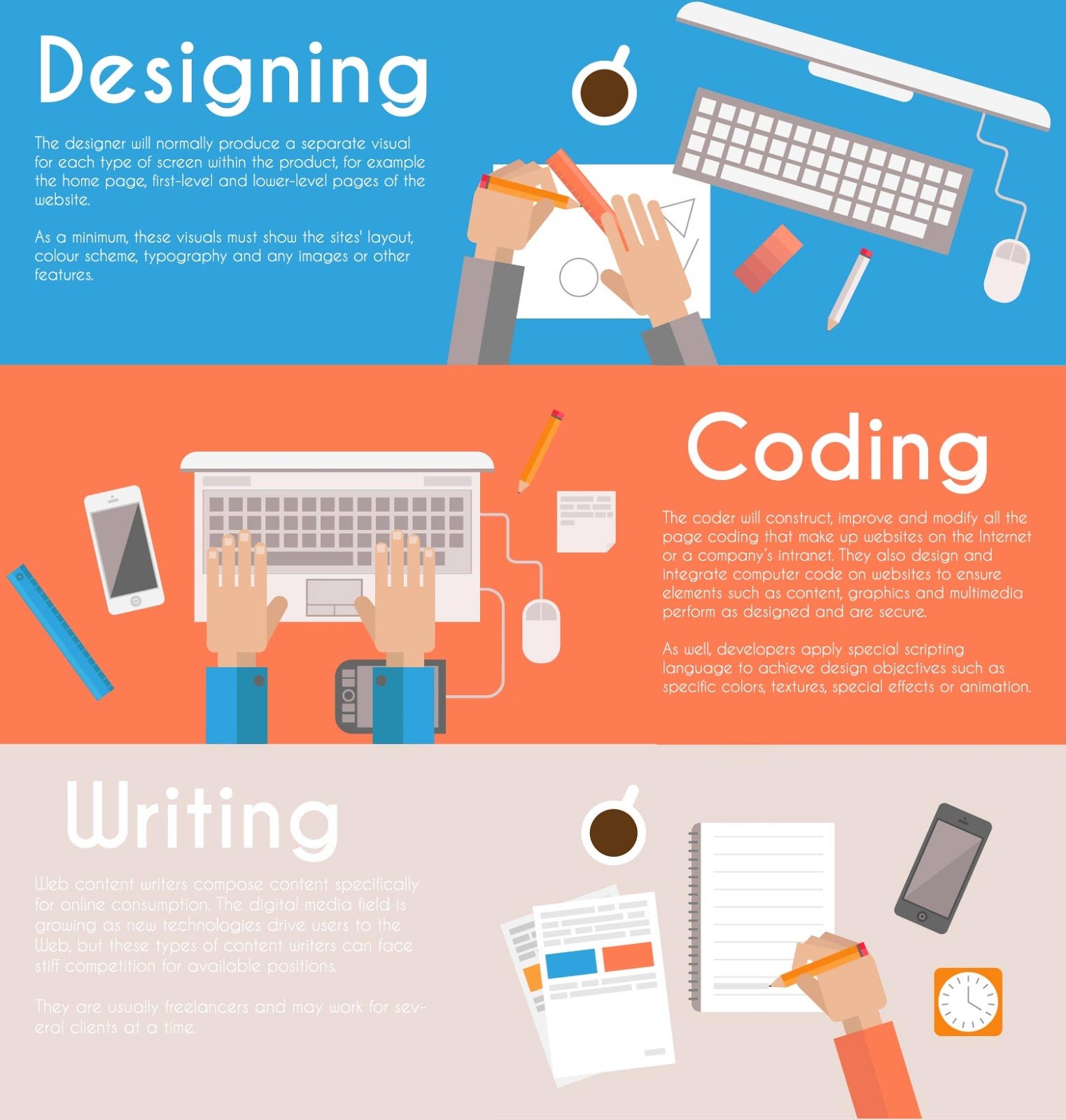
This image is property of 4.bp.blogspot.com.
Education and Training
Choosing the Right Degree Program
When pursuing a career in web design, it is important to choose the right degree program that aligns with your interests and goals. A degree in web design or a related field, such as computer science or graphic design, will provide you with the foundational knowledge and skills necessary for success in the industry. Look for programs that offer courses in web technologies, user experience design, graphic design, and programming languages like HTML, CSS, and JavaScript. Additionally, consider universities or colleges that have a strong reputation in the field and offer opportunities for internships or industry partnerships.
Gaining Practical Experience through Internships
While pursuing your degree, gaining practical experience through internships can greatly enhance your skills and knowledge in web design. Interning at a web design agency or a company with a web design team will allow you to work on real projects, collaborate with professionals in the field, and gain valuable industry insights. Internships not only provide valuable hands-on experience but also help you build a professional network, which can be instrumental in securing future job opportunities.
Learning Web Design Skills through Online Courses
In addition to formal education, online courses are a convenient and flexible way to learn essential web design skills. There are numerous platforms that offer courses in web design, covering a wide range of topics such as HTML, CSS, JavaScript, responsive web design, user experience design, and more. These courses are typically self-paced, allowing you to learn at your own speed and tailor your learning to specific areas of interest. Online courses are a valuable resource for expanding your skillset and staying updated with the latest industry trends and technologies.
Technical Skills
HTML and CSS
HTML and CSS are the building blocks of web design. HTML (Hypertext Markup Language) is the standard markup language used to structure the content of a web page, while CSS (Cascading Style Sheets) is used to control the visual presentation. Understanding HTML and CSS is essential for creating well-structured and visually appealing websites.
JavaScript and jQuery
JavaScript is a programming language that adds interactivity and dynamic features to websites. It allows web designers to create interactive elements, handle user input, and enhance the overall user experience. jQuery, a popular JavaScript library, simplifies the process of working with JavaScript and provides pre-written scripts for common tasks.
Responsive Web Design
With the increasing use of mobile devices, responsive web design has become crucial. Responsive web design ensures that websites adapt and display correctly on various screen sizes and devices. This includes utilizing flexible layouts, fluid images, and media queries to create a seamless experience for users across all devices.
Graphic Design Tools
Graphic design tools such as Adobe Photoshop, Illustrator, and Sketch are essential for creating and manipulating visual elements on websites. These tools allow web designers to create eye-catching graphics, logos, and icons, as well as to edit and optimize images for web use.
Content Management Systems (CMS)
Content Management Systems, such as WordPress and Drupal, are powerful tools that allow web designers to create, manage, and update website content without extensive coding knowledge. Understanding how to work with CMS platforms is essential for efficiently creating and maintaining websites.
Search Engine Optimization (SEO)
Search Engine Optimization is the practice of optimizing websites to rank higher in search engine results. Web designers need to have a basic understanding of SEO principles, such as keyword research, on-page optimization, and user-friendly website structures, to ensure websites are search engine friendly and can be easily discovered by users.
User Experience (UX) Design
User experience design focuses on creating websites that are intuitive, efficient, and enjoyable for users. It involves understanding user behavior, conducting usability tests, and designing interfaces that prioritize user needs and goals. Web designers with strong UX skills can create websites that provide exceptional user experiences, leading to increased user engagement and satisfaction.
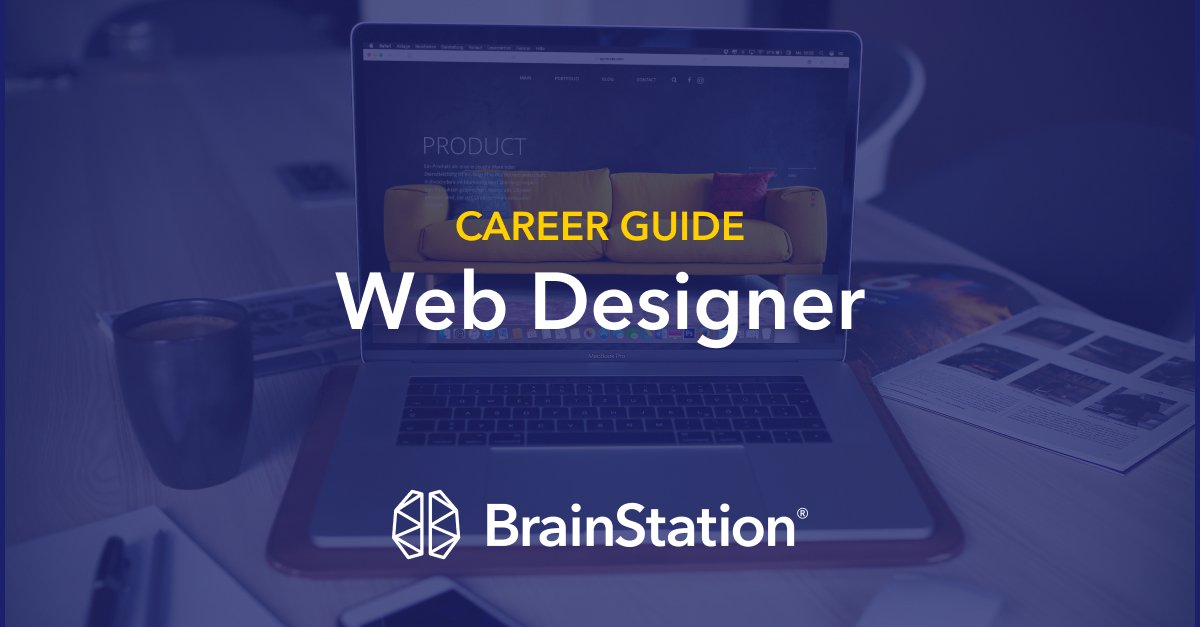
This image is property of wpassets.brainstation.io.
Portfolio Development
Collecting and Showcasing Work Samples
Building a strong portfolio is essential for showcasing your skills and attracting potential clients or employers. Collect examples of your best work, including websites you have designed, mockups, branding elements, and any other relevant projects. It is important to curate your portfolio to highlight a range of styles, techniques, and disciplines within web design. Consider organizing your portfolio into categories, such as responsive design, e-commerce, or user interface design, to showcase your versatility and expertise.
Creating Personal Projects
Creating personal projects is a great way to demonstrate your creativity, problem-solving skills, and passion for web design. These projects can be self-initiated or inspired by real-world challenges or trends. By working on personal projects, you have the freedom to experiment, explore new techniques, and push the boundaries of your skills. These projects can also become valuable additions to your portfolio, allowing potential clients or employers to see your ability to take initiative and excel in independent work.
Participating in Design Contests or Hackathons
Participating in design contests or hackathons not only provides opportunities to apply your skills but also allows you to gain recognition and exposure within the industry. These events often have specific design challenges or themes, providing you with the chance to tackle real-world design problems and receive feedback from industry experts. Winning or being recognized in these competitions can be a valuable addition to your portfolio and help establish your credibility as a web designer.
Networking and Professional Organizations
Joining Web Design Associations
Joining web design associations, such as the Interaction Design Association (IxDA) or the American Institute of Graphic Arts (AIGA), can provide valuable networking opportunities and access to resources and industry events. These associations often host conferences, workshops, and online forums where you can connect with other professionals, learn from experts in the field, and stay updated on the latest trends and technologies. Being an active member of a web design association can help you build a strong professional network and establish yourself as a reputable web designer.
Attending Industry Events and Conferences
Attending industry events and conferences is an excellent way to stay connected with the web design community and expand your knowledge and skills. These events often feature keynote speakers, workshops, panel discussions, and networking opportunities. By attending industry events, you have the chance to learn from industry leaders, discover emerging trends, and forge valuable connections with potential clients or employers. Stay updated on upcoming industry events and make an effort to attend those that align with your interests and professional goals.
Building a Professional Network
Building a professional network is crucial for career growth and job opportunities in the web design field. Connect with other web designers, professionals in related fields, and potential clients through networking events, online communities, and social media platforms like LinkedIn. Actively engage with your network by sharing knowledge, collaborating on projects, and seeking mentorship. Building meaningful relationships within the industry can lead to valuable referrals, collaborations, and opportunities for professional development.
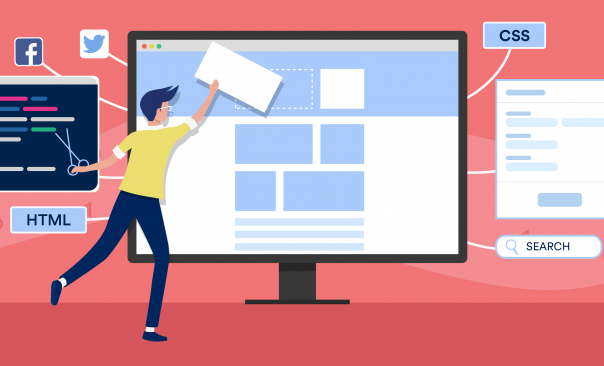
This image is property of www.jotform.com.
Job Search Strategies
Crafting an Impressive Resume and Cover Letter
When applying for web design positions, your resume and cover letter serve as the first impression to potential employers. Craft an impressive resume that highlights your relevant skills, education, internships, and work experience. Use concise language, bullet points, and quantifiable achievements to showcase your abilities. Your cover letter should be tailored to each job application, showcasing your enthusiasm for the position, your understanding of the company’s values, and how your skills align with the job requirements.
Creating an Online Portfolio
An online portfolio is a powerful tool for showcasing your work and attracting potential clients or employers. Create a visually appealing and user-friendly online portfolio that showcases your best projects and provides detailed information about your design process. Include links to live websites, interactive prototypes, and detailed project descriptions to give visitors a comprehensive understanding of your skills and expertise. Regularly update your portfolio with new projects and keep it organized for easy navigation.
Utilizing Job Search Websites and Social Media
Job search websites, such as Indeed, LinkedIn, and Glassdoor, are useful resources for finding web design positions. Utilize these websites to search for job opportunities, upload your resume, and research companies and their hiring process. Additionally, leverage social media platforms like LinkedIn, Twitter, and Instagram to connect with professionals in the industry, follow companies you are interested in, and showcase your work and skills. Many employers use social media as a tool for recruiting, so make sure your profiles are professional and up-to-date.
Applying for Web Design Positions
When applying for web design positions, thoroughly research the company and the specific job requirements. Tailor your application materials to highlight how your skills and experience align with the company’s needs. Submit a well-written cover letter and resume, and consider including a link to your online portfolio. Pay attention to application deadlines, follow up on submitted applications, and prepare for interviews by practicing common web design interview questions and preparing examples of your work to discuss.
Freelancing in Web Design
Identifying Freelancing Opportunities
Freelancing in web design can provide flexibility, autonomy, and the opportunity to work on a variety of projects. Identify potential clients by reaching out to local businesses, networking within your professional circle, or utilizing freelance platforms like Upwork or Freelancer. Research market rates and competition to determine competitive pricing and propose project terms that align with your skills and experience. Be proactive in marketing yourself and your services, and continuously seek out new opportunities to expand your freelance portfolio.
Setting Competitive Rates
Setting competitive rates as a freelance web designer is important for attracting clients and ensuring fair compensation for your work. Consider factors such as your experience, expertise, the complexity of the project, and market rates when determining your pricing structure. Research industry averages and local market rates to understand the value of your services and set rates that are both fair and competitive. Remember, setting rates that are too low may undervalue your skills, while setting rates too high may deter potential clients.
Creating Contracts and Managing Projects
Freelancing in web design requires effective project management and clear communication. Create contracts or agreements that outline project scope, deliverables, timelines, payment terms, and any other relevant terms and conditions. Clearly define your client’s responsibilities and expectations to avoid misunderstandings. Additionally, utilize project management tools, communication platforms, and creative collaboration software to streamline your workflow, stay organized, and provide a seamless experience for your clients. Regularly communicate with your clients and be responsive to their feedback and questions to ensure a successful freelance experience.
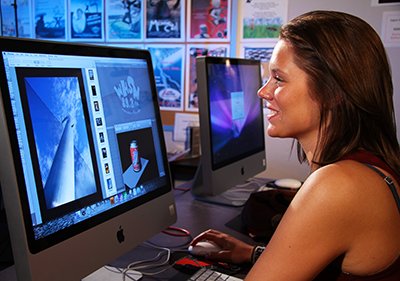
This image is property of www.husson.edu.
Salary and Career Outlook
Average Salary for Web Designers in the USA
The average salary for web designers in the USA varies based on factors such as location, years of experience, industry, and job responsibilities. According to the Bureau of Labor Statistics, the median annual wage for web developers, which includes web designers, was $77,200 as of May 2020. Junior web designers may earn around $45,000 to $60,000 annually, while senior designers or those with specialized skills and extensive experience may earn over $100,000 per year.
Factors that Influence Salary
Several factors can influence the salary of web designers. One of the key factors is experience. Web designers with several years of experience and a proven track record of delivering successful projects are often able to command higher salaries. Industry also plays a role, with certain sectors, such as technology or e-commerce, offering higher salaries compared to others. Location is another factor, as salaries can vary significantly between different cities and regions.
Future Job Prospects for Web Designers
The job outlook for web designers is promising, with a projected growth rate of 8 percent from 2019 to 2029, according to the Bureau of Labor Statistics. This growth is driven by the increasing demand for websites and mobile applications, as well as the need for web designers to create user-friendly and visually appealing digital experiences. As businesses continue to rely on websites and online platforms, the demand for skilled web designers is expected to remain strong.
Continuing Education and Professional Growth
Staying Updated with the Latest Trends and Technologies
Web design is a rapidly evolving field, and staying updated with the latest trends and technologies is essential for professional growth. Follow industry blogs, subscribe to newsletters, and join online communities to stay informed about emerging design techniques, software updates, and industry best practices. Additionally, regularly explore new design trends, experiment with new tools and techniques, and challenge yourself to continually learn and improve.
Learning New Design Tools and Techniques
Continual learning and mastering new design tools and techniques is crucial for staying competitive in the web design industry. As new software, frameworks, and technologies emerge, invest time in learning and exploring them. This may include learning new design software, such as Adobe XD or Figma, or mastering new techniques like motion design or microinteractions. By diversifying your skillset and staying current with industry trends, you can position yourself as a versatile and adaptable web designer.
Earning Professional Certifications
Professional certifications can validate your skills, enhance your credibility, and increase your marketability as a web designer. Consider pursuing certifications from reputable organizations, such as Adobe or Google, that offer certifications in areas like graphic design, UX design, or specific software tools. These certifications demonstrate your expertise in a specific area and can open doors to new career opportunities or higher-paying positions. Additionally, some certifications require ongoing education or recertification, which encourages continued learning and professional growth.
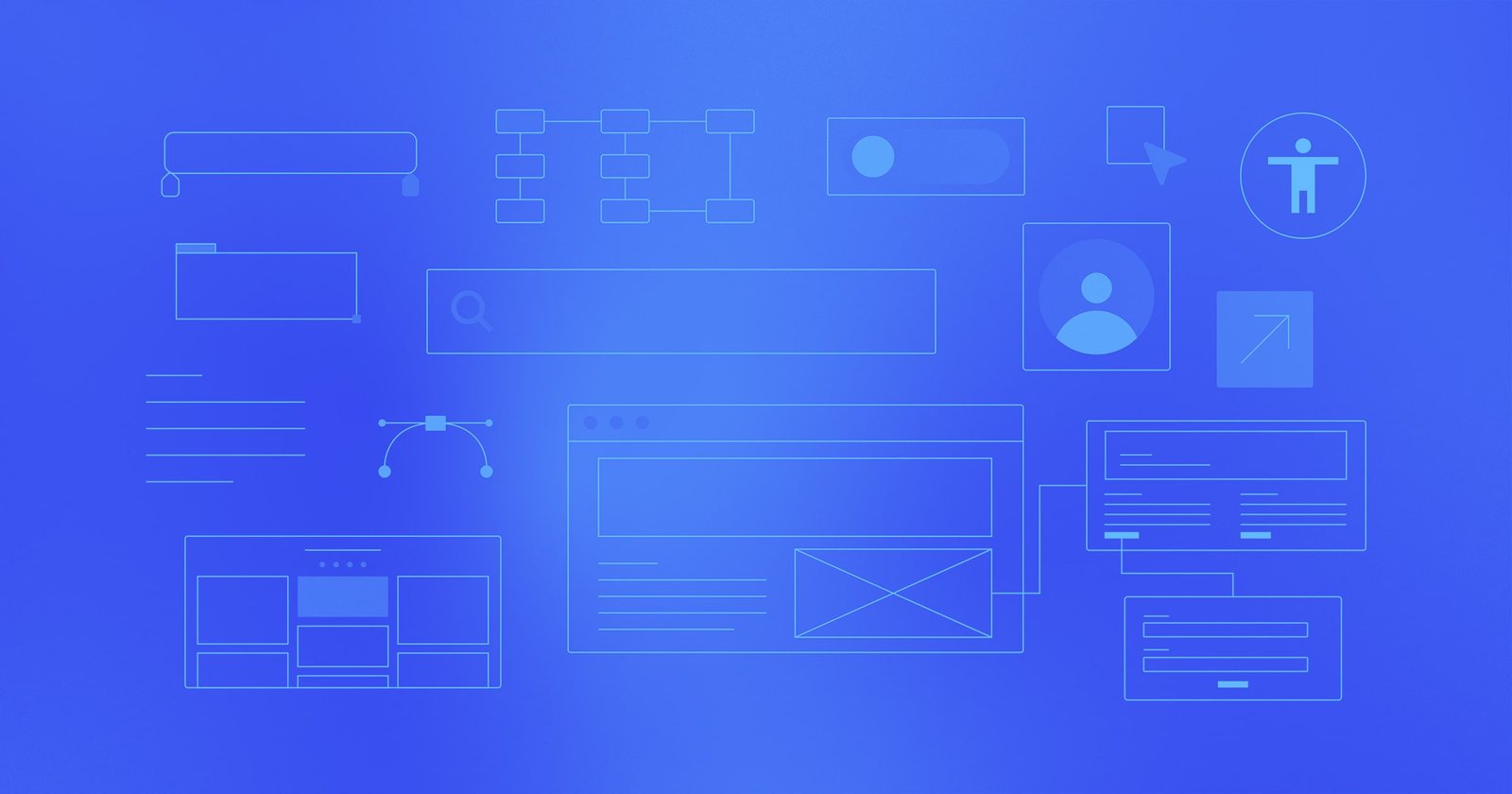
This image is property of assets-global.website-files.com.
Tips for Success in the Web Design Field
Building a Strong Online Presence
Building a strong online presence is essential for establishing yourself as a professional web designer. Create a professional website that showcases your portfolio, skills, and contact information. Utilize social media platforms and professional networking sites to connect with others in the industry, share your work, and engage in conversations relevant to web design. Actively participate in online communities and contribute valuable insights and knowledge. A strong online presence can attract potential clients, employers, and collaborators, and help you establish credibility and visibility within the industry.
Developing a Personal Brand
Developing a personal brand can differentiate you from other web designers and create a memorable impression on potential clients or employers. Define your unique value proposition – what sets you apart from others – and incorporate it into your branding elements, such as your logo, color palette, and website design. Consistently represent your brand through your portfolio, social media presence, and communication style. A strong personal brand communicates professionalism, expertise, and a distinct design aesthetic, attracting clients and opportunities that align with your brand identity.
Seeking Mentorship and Collaboration
Seeking mentorship and collaboration is a valuable way to accelerate your learning and professional growth. Connect with experienced web designers or professionals in related fields who can provide guidance, feedback, and industry insights. Actively seek out opportunities for collaboration, such as working on projects with more experienced designers or participating in design teams or agencies. Collaborating with others allows you to learn from their expertise, gain new perspectives, and expand your network.
Constantly Evolving and Improving Skills
The web design field is continuously evolving, and successful web designers embrace a mindset of constant improvement. Dedicate time to refine your existing skills, learn new techniques, and stay curious about emerging trends and technologies. Experiment with design projects outside your comfort zone, seek constructive feedback from peers or mentors, and iterate on your work. By continually challenging yourself and striving for growth, you can remain competitive and adapt to the ever-changing demands of the industry.
Challenges and Rewards
Overcoming Design Challenges
Web designers often face various challenges throughout their careers. It can be challenging to balance creativity with client requirements and business objectives. Designing for various screen sizes and devices can also be complex, requiring adaptability and problem-solving skills. Additionally, keeping up with evolving technologies and industry trends can be overwhelming. However, overcoming these challenges can be highly rewarding. The satisfaction of creating visually appealing and user-friendly websites, solving design problems, and receiving positive feedback from clients and users makes the challenges worthwhile.
Finding Satisfaction and Fulfillment in the Career
A career in web design can be incredibly fulfilling for those with a passion for creativity, problem-solving, and technology. Web designers have the opportunity to bring their artistic vision to life, create intuitive and impactful user experiences, and contribute to the digital landscape. Seeing a website you designed being used by thousands of people, receiving positive client feedback, and continuously improving your skills provide a sense of accomplishment and job satisfaction. The constantly evolving nature of the industry ensures that there is always room for growth, innovation, and personal development.